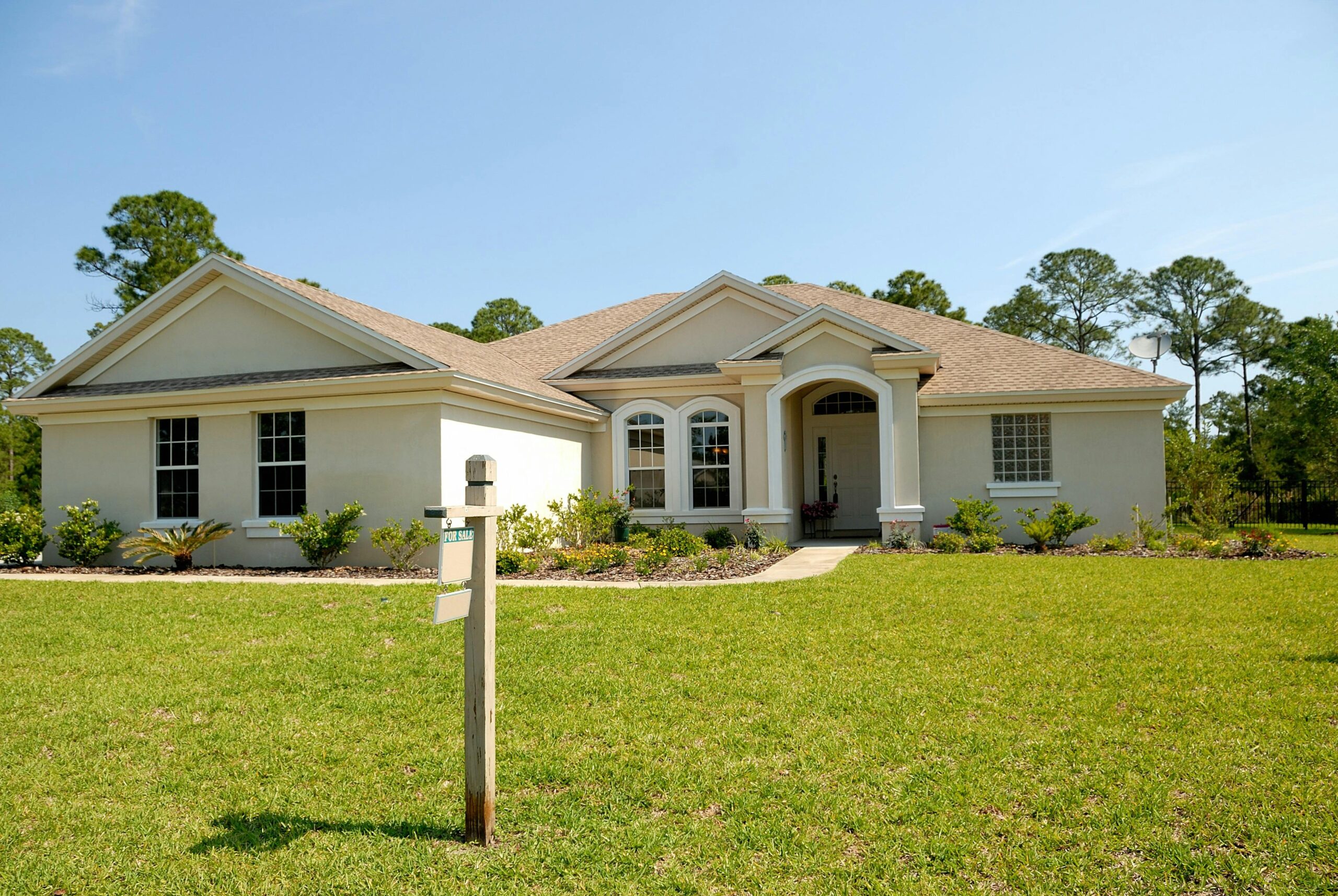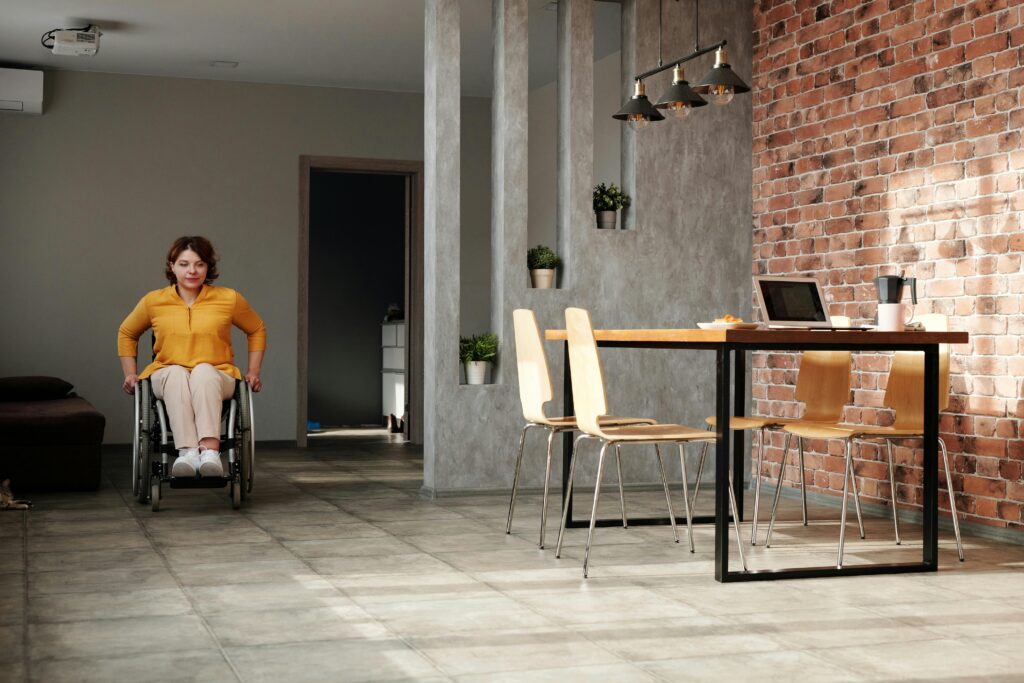Enhancing Accessibility: 5 Simple DIY Modifications to Improve Accessible Parking at Home

Creating an accessible parking space at home is crucial for individuals with mobility challenges. While it may seem daunting, there are several simple do-it-yourself (DIY) modifications that can significantly improve accessibility. In this blog post, we’ll explore five DIY solutions to enhance accessible parking at home, providing greater independence and convenience for individuals with disabilities.
1. DIY Wheelchair Accessible Driveway:
One of the most impactful modifications for improving accessible parking at home is creating a wheelchair accessible driveway. This involves ensuring that the driveway has a smooth, level surface without any obstacles or barriers. To achieve this, homeowners can consider widening the driveway to accommodate wheelchair access and installing a firm, non-slip surface such as concrete or asphalt. Additionally, incorporating a gradual slope or ramp at the entrance of the driveway can facilitate a smooth transition for wheelchair users.
Expanding on this, widening the driveway provides ample space for wheelchair users to enter and exit vehicles comfortably. It allows for easier maneuverability, reducing the risk of accidents or injuries. Furthermore, choosing a non-slip surface material enhances safety, especially during adverse weather conditions like rain or snow. The gradual slope or ramp ensures a gentle incline, making it easier for wheelchair users to navigate without encountering steep or abrupt changes in elevation.
2. Simple DIY Handicap Parking Modifications:
Another effective DIY modification for improving accessible parking at home is making simple adjustments to existing parking spaces. This can include painting designated handicap parking symbols on the ground to clearly mark the space, ensuring that it is reserved for individuals with disabilities. Additionally, installing parking bollards or barriers can help prevent unauthorized vehicles from parking in the designated accessible space, ensuring it remains available for those who need it.
Expanding on this, clearly marking the parking space with handicap symbols increases visibility and awareness, reducing the likelihood of misuse by others. Installing parking bollards or barriers provides a physical deterrent against unauthorized parking, ensuring that the designated space remains accessible at all times. These modifications promote inclusivity and respect for individuals with disabilities, fostering a more accessible environment within the home.

3. DIY Accessible Parking Ramp:
For homeowners seeking to improve accessible parking at home, constructing a DIY accessible parking ramp can be a transformative solution. These ramps provide individuals with mobility challenges a safe and convenient means of entering and exiting their vehicles, eliminating barriers and enhancing independence.
To begin, select a suitable location for the ramp, ensuring it provides easy access to the parking area. Measure the available space and determine the optimal length and width for the ramp to accommodate different types of mobility aids and devices. Next, gather materials such as wood or metal beams, plywood or decking boards, and non-slip surfacing materials.
Begin construction by framing the ramp structure according to the planned dimensions, ensuring it is sturdy and secure. Install support posts and beams to provide stability and distribute weight evenly. For added safety, incorporate handrails on both sides of the ramp to offer support and assistance to users.
Once the frame is in place, attach the decking boards or plywood to create the ramp surface, ensuring it is smooth and level. Apply a non-slip surface treatment to prevent slipping, especially in wet or icy conditions. Test the ramp to ensure it can support the weight of individuals and mobility devices without flexing or sagging.
Add finishing touches such as painting or staining the ramp to protect it from the elements and improve its appearance. Install reflective tape or lighting for increased visibility, especially at night or in low-light conditions.
By constructing a DIY accessible parking ramp, homeowners can significantly improve accessibility and enhance the overall usability of their parking area. These ramps provide individuals with disabilities greater freedom and autonomy, enabling them to navigate their home environment with confidence and independence.
4. Home Driveway Accessibility Upgrades:
Improving home parking accessibility can also involve upgrading the driveway to better accommodate vehicles with mobility equipment, such as wheelchair-accessible vans. This may include widening the driveway to provide more space for maneuvering, removing any obstacles or obstructions along the driveway, and ensuring that the surface is smooth and even to prevent tripping hazards.
Expanding on this, widening the driveway allows for easier entry and exit of vehicles equipped with mobility devices, such as wheelchair-accessible vans or vehicles with lifts. Removing obstacles or obstructions along the driveway eliminates potential hazards and improves overall safety for individuals with disabilities. A smooth and even surface reduces the risk of trips or falls, providing a seamless parking experience for all users.
5. DIY Disabled Parking Space at Home:
Creating a designated disabled parking space at home is essential for ensuring accessibility for individuals with disabilities. This can be achieved by marking a designated parking spot with clear signage and painting the ground with handicap symbols. Additionally, homeowners can install accessible features such as curb cuts or ramps leading to the parking space to facilitate easy access for individuals with mobility aids.
Expanding on this, the designated disabled parking space provides a dedicated area for individuals with disabilities to park safely and conveniently. Clear signage and handicap symbols alert others to the reserved nature of the space, promoting respect and adherence to accessibility guidelines. Installing curb cuts or ramps further enhances accessibility, ensuring that individuals with mobility aids can navigate to and from the parking space with ease.
***
Making simple DIY modifications to improve accessible parking at home can greatly enhance the quality of life for individuals with disabilities. By implementing solutions such as creating wheelchair accessible driveways, installing handicap parking symbols, building accessible parking ramps, upgrading driveway accessibility, and designating disabled parking spaces, homeowners can create a more inclusive and accessible environment for themselves or their loved ones.
These DIY modifications not only improve accessibility but also promote independence, safety, and convenience for individuals with mobility challenges. With a little effort and creativity, anyone can make their home parking spaces more accessible and welcoming for everyone.
Need more information on disabled parking in the US? From handicap parking for delivery drivers in Tennessee to accessible parking at UCLA in California, we offer a useful bank of detailed topics on the Dr Handicap blog. Check it out today!
Featured image by Pixabay.